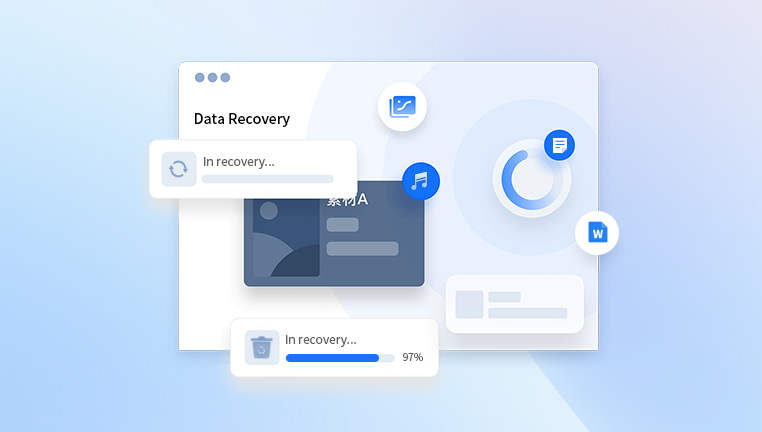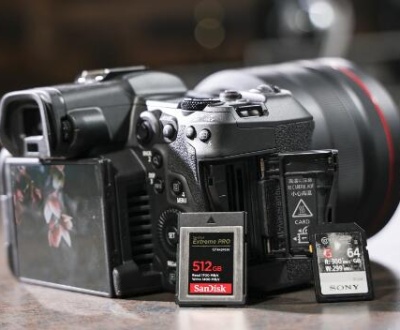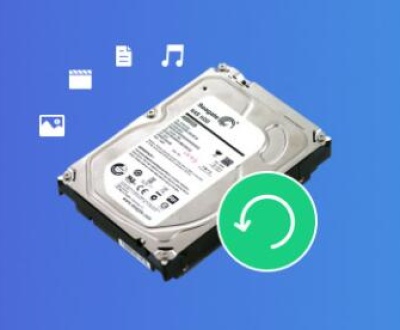Video loss in CCTV (Closed-Circuit Television) systems can be a significant issue, affecting security monitoring and surveillance. Understanding the causes and solutions for video loss is crucial for maintaining a reliable and effective security system.
1. Common Causes of Video Loss
1.1. Power Issues
Power-related problems are among the most frequent causes of video loss in CCTV systems. These issues can arise from:
Power Outages: Unexpected power outages can interrupt the functioning of CCTV cameras, leading to video loss.
Faulty Power Supplies: A malfunctioning power supply unit (PSU) can prevent cameras from operating correctly.
Loose or Damaged Cables: Power cables that are not securely connected or are damaged can disrupt the power flow to the cameras.

1.2. Cable Problems
Cables play a crucial role in transmitting video signals from cameras to recording devices. Issues with cables include:
Cable Damage: Physical damage to cables can interrupt the signal transmission.
Connector Issues: Loose or corroded connectors can cause video loss.
Interference: Electromagnetic interference from other electronic devices can affect cable performance.
1.3. Camera Malfunction
Cameras themselves can experience problems leading to video loss. These issues might include:
Hardware Failure: Internal components of the camera may fail, causing it to stop transmitting video.
Lens Issues: Dirty or damaged lenses can obstruct the view, affecting video quality.
Firmware Problems: Outdated or corrupted firmware can cause operational issues.
1.4. Recording Device Issues
The recording device, such as a Digital Video Recorder (DVR) or Network Video Recorder (NVR), can also be a source of video loss. Common issues include:
Storage Failures: Hard drive failures or insufficient storage can prevent video from being recorded.
Software Problems: Bugs or glitches in the recording software can lead to video loss.
Configuration Errors: Incorrect settings on the recording device can result in video not being captured or displayed.
1.5. Network Problems (for IP Cameras)
For IP cameras, network issues can lead to video loss. These issues may include:
Network Outages: Temporary or extended network outages can disrupt the connection between cameras and recording devices.
Bandwidth Limitations: Insufficient network bandwidth can cause video streams to drop.
IP Address Conflicts: Conflicts with IP addresses can prevent cameras from communicating with the network.
2. Diagnostic Steps
2.1. Check Power Supply
Verify Power Source: Ensure that the power source for the camera is functioning properly.
Inspect Cables: Check for any visible damage or loose connections in the power cables.
Test with a Multimeter: Use a multimeter to measure the voltage and ensure it meets the camera’s requirements.
2.2. Examine Cables and Connectors
Inspect Cables: Look for physical damage or wear on the cables.
Check Connectors: Ensure that connectors are securely attached and free from corrosion.
Test Signal: Use a cable tester to verify signal integrity.
2.3. Assess Camera Functionality
Power Cycle: Restart the camera by disconnecting and reconnecting the power supply.
Test with Another Camera: Replace the problematic camera with a known working one to determine if the issue lies with the camera itself.
Update Firmware: Check for and install any available firmware updates.
2.4. Review Recording Device
Check Storage: Ensure that there is sufficient storage space and that the hard drive is functioning correctly.
Restart the Device: Reboot the recording device to resolve any temporary software issues.
Verify Settings: Review and adjust recording settings to ensure proper configuration.
2.5. Troubleshoot Network Issues
Check Network Connection: Verify that the network is operational and that cables and switches are functioning properly.
Monitor Bandwidth Usage: Ensure that the network has enough bandwidth to handle video streams.
Resolve IP Conflicts: Check for and resolve any IP address conflicts within the network.
3. Solutions for Video Loss
3.1. Power Solutions
Install Uninterruptible Power Supply (UPS): A UPS can provide backup power during outages and protect against power fluctuations.
Replace Faulty Power Supplies: If a power supply unit is malfunctioning, replace it with a new one.
Secure Cables: Ensure that power cables are properly secured and protected from damage.
3.2. Cable and Connector Solutions
Replace Damaged Cables: Replace any cables that are damaged or worn.
Secure Connectors: Ensure that connectors are properly attached and free from corrosion.
Use Shielded Cables: Use shielded cables to minimize electromagnetic interference.
3.3. Camera Solutions
Replace Faulty Cameras: If a camera is found to be malfunctioning, replace it with a new one.
Clean Lenses: Regularly clean camera lenses to ensure a clear view.
Update Firmware: Keep camera firmware up-to-date to prevent operational issues.
3.4. Recording Device Solutions
Upgrade Storage: Install additional storage if needed to accommodate video recordings.
Update Software: Ensure that the recording device’s software is up-to-date and free from bugs.
Correct Settings: Adjust settings to match the desired recording parameters.
3.5. Network Solutions
Enhance Network Infrastructure: Upgrade network equipment and increase bandwidth if necessary.
Address IP Conflicts: Assign unique IP addresses to each camera to avoid conflicts.
Monitor Network Performance: Regularly check network performance and address any issues promptly.
4. Preventative Measures
4.1. Regular Maintenance
Routine Inspections: Perform regular inspections of cameras, cables, and recording devices to identify potential issues.
Clean Equipment: Keep cameras and lenses clean to prevent obstructions and maintain video quality.
Test System: Periodically test the entire CCTV system to ensure that all components are functioning correctly.
4.2. System Upgrades
Upgrade Components: Consider upgrading cameras, recording devices, and network equipment to improve performance and reliability.
Implement Redundancy: Use redundant power supplies and network paths to ensure continuous operation in case of failure.
4.3. Staff Training
Educate Personnel: Train staff on proper handling and maintenance of CCTV equipment.
Establish Protocols: Develop and implement protocols for responding to video loss and other system issues.
About us and this blog
Panda Assistant is built on the latest data recovery algorithms, ensuring that no file is too damaged, too lost, or too corrupted to be recovered.
Request a free quote
We believe that data recovery shouldn’t be a daunting task. That’s why we’ve designed Panda Assistant to be as easy to use as it is powerful. With a few clicks, you can initiate a scan, preview recoverable files, and restore your data all within a matter of minutes.
Subscribe to our newsletter!
More from our blog
See all postsRecent Posts
- How to save tiktok videos on computer 2025-04-30
- How to watch gopro videos on computer 2025-04-30
- How to save video from blink video doorbell to computer? 2025-04-30

 Try lt Free
Try lt Free Recovery success rate of up to
Recovery success rate of up to









